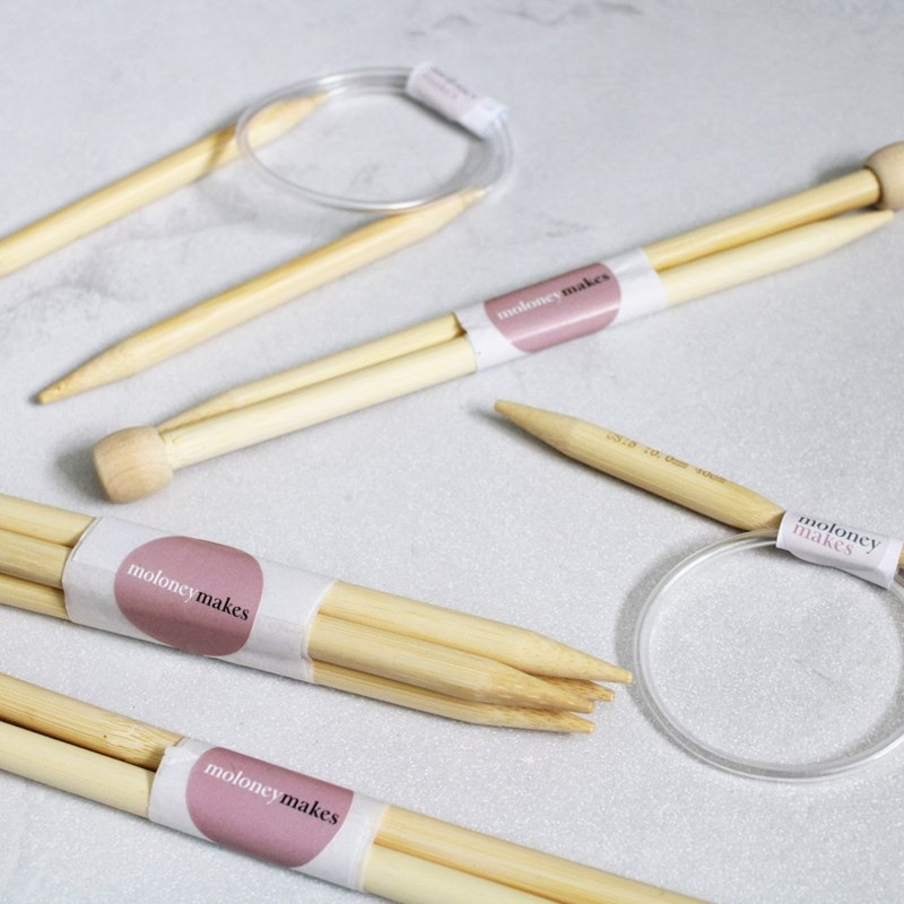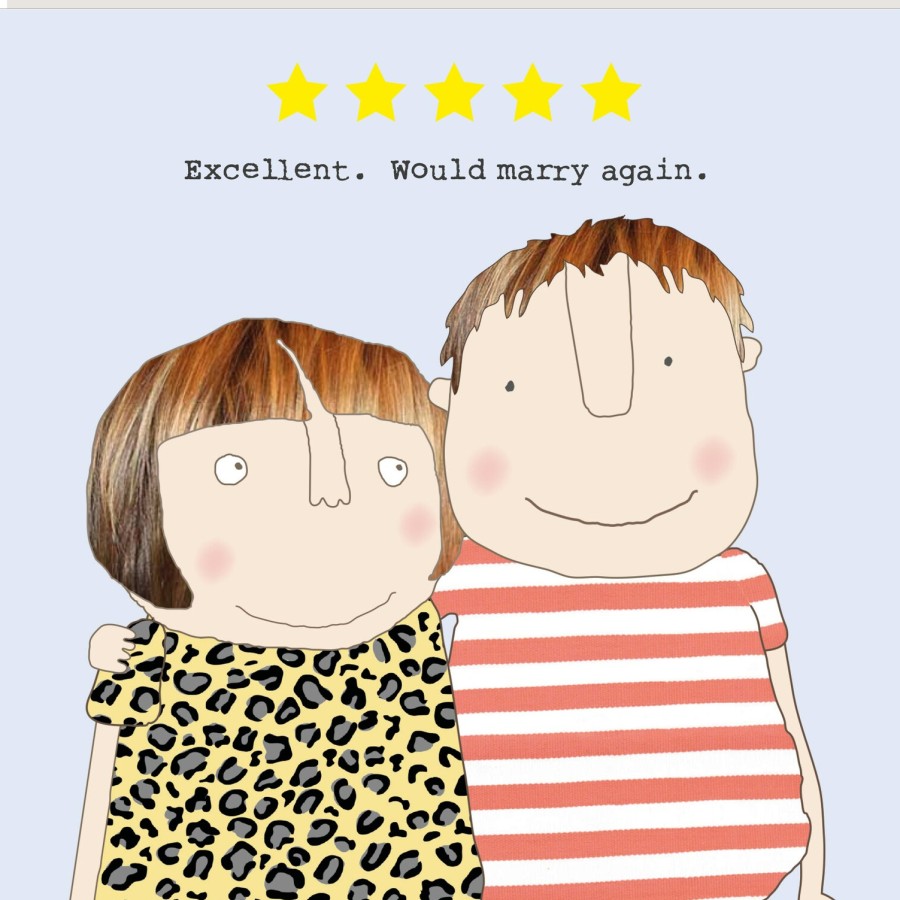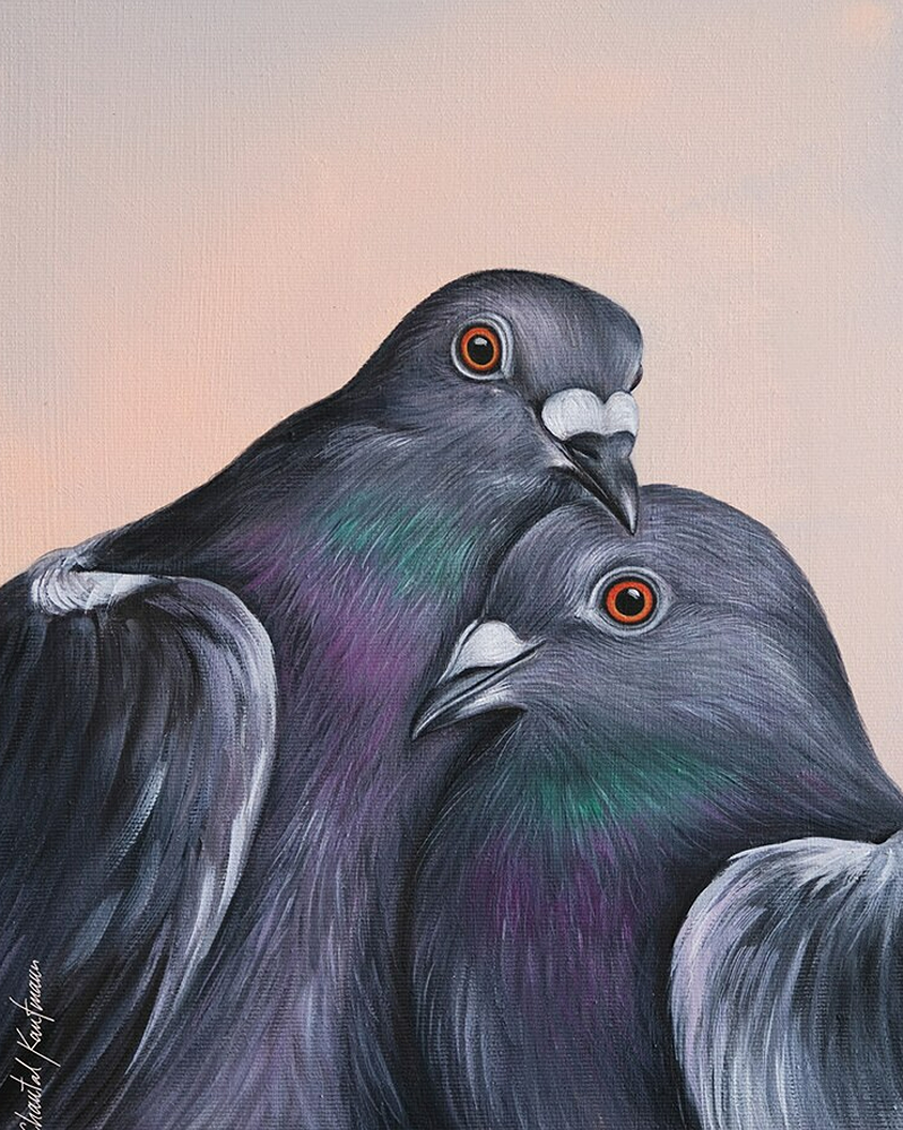
With concerns over animal farm welfare, many people are giving up knitting with wool, in favour of plant-based yarns. Not just for vegans, knitting with plant-based yarns is more comfortable to knit with, and to wear (cotton wicks away moisture and regulates body temperature). These yarns are also ideal for people with lanolin sensitivity.
Be careful with Tencel, as mass-planting of eucalyptus trees is causing wildfires in Portugal and Spain. Despite cute photos, keep kittens (and cats) away from knitting yarn, as it can tangle.
This recycled cotton yarn is made ethically and perfect for knitting, crochet, weaving and macrame projects. Perfect for summer makes, it’s super-soft with wonderful drape. In 16 colour choices.

This organic cotton yarn carries the GOTS certificate, with safety testings available after purchase (something to do with EU law not testing at source). Good for knitting and crochet.
why plant-based yarns (rather than wool?)
Although sheep do need shearing to avoid over-heating, falling over (right one up if you see it upside down or it will die) and to see predators, the conventional wool industry has many issues. Some sheep are sheared too early (leading to hypothermia) and others suffer ‘mulesling’ (having chunks of skin sliced away to prevent flystrike, without painkillers). And many sheep are killed, when they get older and their wool production slows down). If you wear wool, choose companies that don’t kill the sheep, simply shearing the wool: like vegetarian wool or sheepskins.
use with bamboo knitting needles

Bamboo knitting needles are warm to touch (over metal) and good for arthritic hands as they are easier to hold, and offer better control of stitches.
knitting patterns for plant-based fibres

Knits from the Greenhouse is one of the first books to show how to knit clothes and accessories with plant-based yarns. You have to use them slightly differently so this book lets you do that. The book features 18 projects designed to show off the best properties of plant-based fibres, with helpful tips from designers who work with them. From soil to skein to finished project, enjoy working with plant-based fibres – no green thumb required!
how to dye fabric, naturally
Dyeing Yarn Naturally looks at how to successfully colour vegan yarn, with plant-based dyes. Packed with tips and inspiring photos, learn about pH and metal modifies to achieve a wide range of colours, then find recipes for 25 dye plants, and tips to forage/source your own dyes from a wide range of plants. It also covers advanced processes to make blue shades like indigo and woad. If growing or foraging for plants, learn how to avoid toxic plants like indigo, near pets
Natural Kitchen Dyes shows how to use vegetable peels to create blush pinks and peach, fruit skins to make lemon yellows, a green dye sourced from carrot tops, dried spices and used tea bags to create vibrant yellows, rich terracottas and deep browns. You can then use waste that would be composted or recycled (like old clothes) and turn them into colourful bags and patchwork floor cushions, or dried pulses past their sell-by date, to make a beaded necklace. Stoney Creek Colors offers plant-based dyes.
My Indigo World is a children’s story of the colour blue. Not many natural plants are blue, which is why it’s more difficult to dye items this colour. Around the world, cultures appreciate the indigo plant as a valued source of blue dye. The book includes the science behind making blue dye with an ‘indigo map’ of shades produced around the world, plus tips to make blue dye.






